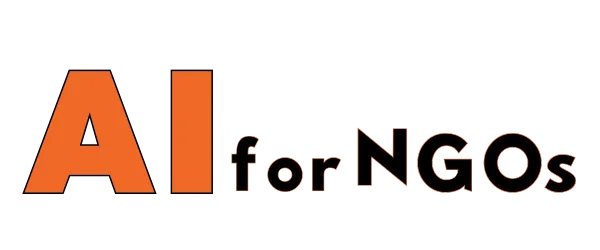Non-profit organizations play a crucial role in addressing social issues and driving positive change in communities. However, many non-profits struggle with limited resources and manpower, making it challenging to effectively engage with their target audience and achieve their mission. This is where chatbots come in. Chatbots are artificial intelligence programs that can simulate conversations with users, providing them with information, support, and guidance in real-time. In recent years, chatbots have emerged as a powerful tool for non-profits to engage with their audience, drive social change, and make a meaningful impact on society.
The Benefits of Using Chatbots in Non-Profit Organizations
One of the main benefits of using chatbots in non-profit organizations is their ability to provide instant support and information to users. Chatbots can be programmed to answer frequently asked questions, provide resources and guidance, and offer support to those in need. This can help non-profits reach a wider audience and provide valuable services to more people in a cost-effective manner.
Another benefit of using chatbots is their ability to collect data and feedback from users. By analyzing the conversations and interactions with chatbots, non-profits can gain valuable insights into the needs and preferences of their target audience. This data can be used to improve services, tailor outreach efforts, and make informed decisions to drive social change.
Case Studies of Successful Chatbot Implementation in Non-Profit Organizations
Several non-profit organizations have successfully harnessed the potential of chatbots to drive social change and make a meaningful impact on society. One such example is the American Red Cross, which implemented a chatbot to provide information and support to those affected by natural disasters. The chatbot was able to answer questions, provide resources, and connect users with the appropriate services, helping the organization reach more people in need and provide valuable assistance in times of crisis.
Another successful example is Charity: Water, a non-profit organization that provides clean and safe drinking water to people in developing countries. Charity: Water implemented a chatbot to raise awareness about the importance of clean water and engage with donors and supporters. The chatbot was able to answer questions, share stories of impact, and provide donation options, helping the organization raise funds and support its mission to bring clean water to those in need.
How Non-Profit Organizations Can Implement Chatbots
Implementing a chatbot in a non-profit organization can seem like a daunting task, but with the right strategy and tools, it can be a powerful tool for driving social change. Here are some steps non-profits can take to implement chatbots effectively:
- Identify the goals and objectives of implementing a chatbot.
- Research and choose a chatbot platform that meets the organization’s needs and budget.
- Develop a chatbot strategy, including defining the target audience, programming the chatbot responses, and setting up metrics for success.
- Test and refine the chatbot to ensure it is user-friendly, accurate, and effective in engaging with the audience.
- Launch the chatbot and promote it through various channels to reach the target audience and drive social change.
Conclusion
Chatbots have the potential to revolutionize the way non-profit organizations engage with their audience, drive social change, and make a meaningful impact on society. By harnessing the power of artificial intelligence and technology, non-profits can provide instant support and information to users, collect valuable data and feedback, and reach a wider audience in a cost-effective manner. With the right strategy and tools, non-profits can implement chatbots effectively and leverage their capabilities to achieve their mission and drive positive change in communities around the world.
FAQs
Q: Are chatbots expensive to implement in non-profit organizations?
A: Chatbots can be implemented at various price points, depending on the complexity and features required. There are affordable chatbot platforms available that cater to non-profit organizations with limited budgets.
Q: How can chatbots benefit non-profit organizations in driving social change?
A: Chatbots can provide instant support and information to users, collect data and feedback, and reach a wider audience in a cost-effective manner, helping non-profits engage with their audience and make a meaningful impact on society.









